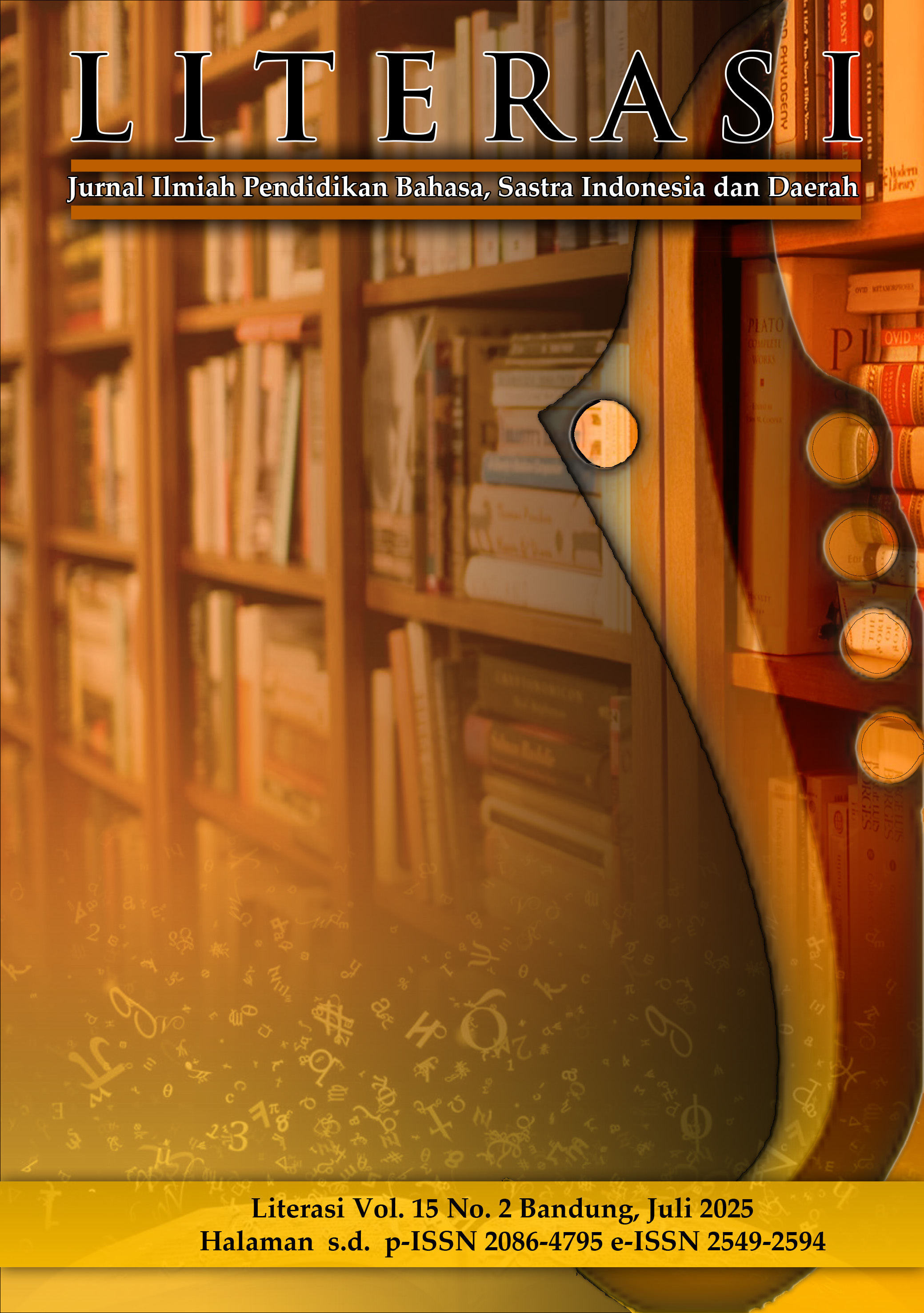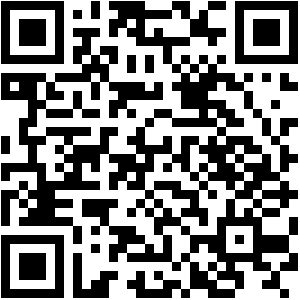ANALISIS BIAS GENDER DAN DISFEMIA DALAM MEDIA MASSA SEBAGAI BAHAN AJAR MENULIS BERITA
DOI:
https://doi.org/10.23969/literasi.v15i2.24438Keywords:
News, Gender bias, DysphemismAbstract
Abstract
The objective of this study was to reveal the form, type, and function of dysphemia and the manifestation of gender bias in online news texts published by mass media. This study based on the theory of dysphemia by Warren (1992) and Allan & Burridge (2009), as well as the theory of gender injustice by Mansour Fakih (2007). The method used in this study was descriptive qualitative approach with content analysis as its technique. The data were taken from SindoNews online news in the period of December 2024 which relevant to the issue of women and gender violence. The results showed that there were various forms of dysphemia such as taboo words, vulgar expressions, to nicknames, and ridicule used in the context of women's news. Many of the dysphemia in this study functioned to emphasize extreme conditions, humiliate, and characterize certain social groups. In addition, forms of gender bias such as subordination, stereotyping, and marginalization were also found. Based on these findings, researchers developed teaching materials for writing news texts for Phase F that are oriented towards critical literacy and news writing in accordance with journalistic ethics. The results of validation by experts showed that the teaching materials were suitable for use with minor revisions. This research contributes to the development of social issue-based learning and gender sensitivity in Indonesian language education.
Downloads
References
Abdullah, I. (2014). Gender dan Peran Sosial: Konsep dan implementasi. Yogyakarta: Fajar Pustaka Baru.
Allan, K., & Burridge, K. (2006). Euphemism and dysphemism: Language used as shield and weapon. Oxford: Oxford University Press.
Allan, K. (2001). Forbidden words: Taboo and the censoring of language. Cambridge: Cambridge University Press
Boroditsky, L. (2014). How language shapes thought: The role of language in the perception and understanding of the world. In Language and cognition (pp. 38-39).
Butler, J. (2004). Undoing gender. New York: Routledge.
Chaer, Abdul. 2009. Semantik Bahasa Indonesia. Jakarta: Rineka Cipta. 2013. Pengantar Semantik Bahasa Indonesia. Jakarta: Rineka Cipta.
Choiriati, S. (2020). Peran media massa dalam membentuk opini publik. Jurnal Perspektif, 2(2), 128-135.
Fakih, Mansour. 2008. Analisis Gender dan Transformasi Sosial. Yogyakarta: Pustaka Pelajar.
Suwandi, A. (2008). Manifestasi Prinsip Kesantunan, Prinsip Kerja Sama, dan Implikatur Percakapan pada Interaksi di Lingkungan Sekolah. Universitas Jambi.
Downloads
Published
Issue
Section
License
Copyright (c) 2025 Literasi: Jurnal Ilmiah Pendidikan Bahasa, Sastra Indonesia dan Daerah

This work is licensed under a Creative Commons Attribution 4.0 International License.
Hak cipta artikel yang diterbitkan di jurnal ilmiah dimiliki oleh penerbit, bukan penulis. Hal ini berkaitan dengan koordinasi hak akses untuk cetak ulang atau penggunaan lainnya. Dalam hal ini penerbit mempunyai keluluasaan untuk mempublikasikan artikel sesuai dengan kesepakanan Transfer Agreement (penyerahan hak cipta) antara penerbit dengan penulis.















